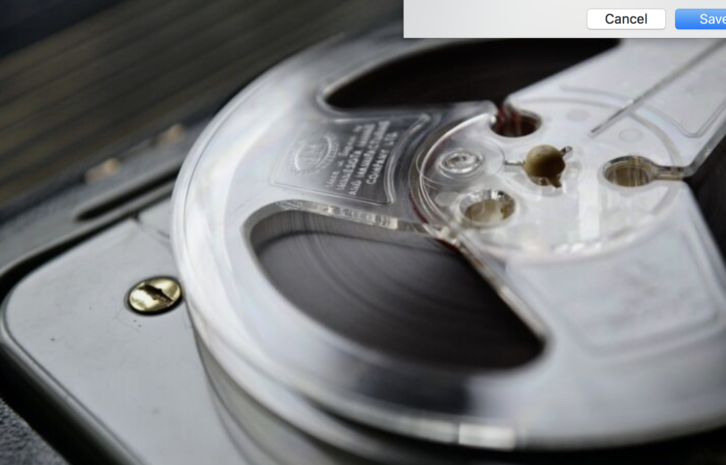
Baking reel to reel at 130°F is the sweet spot to reverse “sticky shed syndrome.”
Reel-to-reel tapes are experiencing a resurgence of interest among audio buffs, but they are prone to degradation, which has been a topic of active research for many years. It’s well known that applying heat can often reverse the damage sufficiently to enable playback, usually by baking the tapes in an oven. Now scientists at the US Library of Congress have determined precisely why this method seems to work, presenting their findings earlier this month on the American Chemical Society’s SciMeetings online platform.
Project leader Andrew Davis is a polymer chemist who works in the LOC’s preservation research and testing division. The LOC’s mission is to ensure its collections continue to be accessible to the public, either in their original or reformatted mediums. The R&D division is responsible for providing the scientific groundwork for that mission, similar to how the Smithsonian Institute employs research scientists to maintain its collections..
Davis was visiting one of the LOC’s offsite facilities, the Audio Preservation Consideration Center in Culpeper, Virginia, when the issue of degraded reel-to-reel tapes came up in the discussion. The primary culprit for the degradation is known as “sticky shed syndrome,” in which the binders used in a magnetic tape to hold the iron oxide casing to the plastic carrier deteriorate. They form a sticky residue that can damage both the tape and playback equipment.
He found that the LOC’s audio curators had various methods on the best ways to bake a degraded reel-to-reel tape, and he also learned that heat-treated tapes will quickly revert back to their degraded condition if they aren’t immediately processed.MORE@Ars Technica
WHY THIS MATTERS: This layperson-focused story is still a fun read with pictures from the Library of Congress tape library and an account of how this preservation method came to be identified. -Cynthia Wisehart










